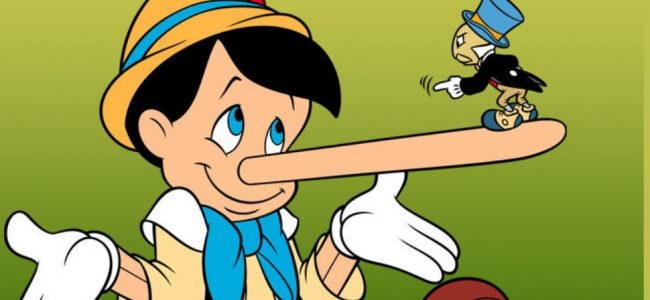
The Beauty in Change
It starts with a feeling, the urge to make your outdoor space feel alive again. Maybe it’s that corner of the yard that never quite comes together, or the garden bed that’s lost its edge. You might picture clean lines and natural warmth, perhaps even a hint of weathered steel catching the light. That’s where materials like corten garden edging come in, offering more than structure; they offer soul. And when paired with a corten planter box, suddenly a simple garden begins to tell a story of time, texture, and transformation.
This is the new era of garden design, where durability meets emotion, and modernity blends effortlessly with nature’s imperfections.
The Shift: From Perfect to Purposeful
For decades, outdoor design aimed for perfection, crisp lawns, symmetrical layouts, and polished finishes. But something has changed. Homeowners and designers alike are leaning toward authenticity. The new wave of gardens doesn’t try to fight the natural process of aging; it embraces it.
Materials that once seemed industrial, like steel, concrete, or reclaimed wood, are now symbols of honesty in design. They weather, they evolve, and in doing so, they remind us that beauty doesn’t fade with time; it deepens.
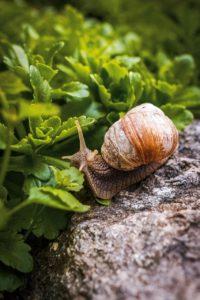
This movement isn’t just aesthetic, it’s emotional. It’s about creating spaces that feel lived in, that hold stories in their textures, and that invite people to slow down, dig in, and reconnect with something real.
Textures That Tell Stories
Step into any modern landscape, and you’ll notice the shift instantly. There’s a warmth to the rust-colored patina of weathered steel, a softness to the way it blends with greenery, gravel, and timber. It’s a quiet confidence, a statement without shouting.
- A sleek metal border subtly outlines a garden path, not as a barrier but as a frame.
- A set of planter boxes, their edges softened by rust and sunlight, cradle herbs, succulents, or native grasses.
- A seating area surrounded by these tones feels grounded, timeless, and even a little nostalgic.
This interplay of materials isn’t about trends; it’s about storytelling. Each mark, each hue, each curve speaks to the balance between human design and nature’s unpredictable hand. It’s the art of contrast, of allowing every texture to play its part in the visual rhythm of the space.
Designing with Feeling, Not Just Function
Today’s outdoor spaces are less about perfection and more about experience. The modern garden isn’t just a showpiece; it’s a sanctuary. It’s where families gather for dinner under string lights, where morning coffee meets the scent of rain, where plants are chosen not for symmetry but for soul.
When you design with feeling, the materials you choose become part of the narrative. Weathered metals whisper of endurance. Stone and wood evoke comfort. Soft plantings balance structure with spontaneity. The contrast creates emotion, the kind that lingers long after you’ve stepped inside.
Even small details matter. A single sculptural element can transform a forgotten corner. A curved edge can soften a hardscape. The goal isn’t to impress, it’s to belong. When design feels effortless, the garden becomes more than a space; it becomes an experience you return to again and again.
Sustainability Woven into Style
The rise of this new design era isn’t just visual, it’s also ethical. People are thinking differently about the materials they use and the impact they leave behind.
Long-lasting metals like corten steel age naturally without the need for paint or harsh sealants. Recycled timbers and local stones reduce the carbon footprint while grounding the garden in its environment. Native plant species thrive with minimal watering, attracting pollinators and promoting biodiversity.
It’s the art of making things that last, beautifully and responsibly. Because sustainability isn’t about sacrifice anymore, it’s about sophistication. The modern outdoor space celebrates longevity, choosing materials and methods that support the planet while still exuding elegance and intention.
Creating Connection Through Contrast
One of the most exciting aspects of contemporary garden design is contrast, the meeting of opposites, rough and smooth, organic and industrial, warm and cool. When done thoughtfully, this balance transforms a simple yard into a living piece of art.
Picture this:
- A rusted metal border traces the edges of soft meadow grass.
- Sleek steel planters punctuating a sea of wildflowers.
- A minimalist pathway leading to a cozy, plant-filled nook.
These combinations stir emotion. They remind us that harmony doesn’t mean sameness, it means balance. Nature’s wildness paired with human intention creates a design that feels both grounded and alive. Every choice, from texture to tone, adds another layer to the sensory experience, making the garden a place of calm discovery.
Spaces That Evolve With You
The most beautiful gardens aren’t frozen in time. They shift and mature, much like the people who nurture them. The weathered surfaces, the creeping vines, the patina that deepens each season, all these changes tell a story of growth.
And that’s the magic of modern garden design: it gives you permission to let things evolve. To appreciate imperfection. To see every mark and shadow as proof of life, not decay.
Your garden becomes more than a project. It becomes a reflection of you, ever-changing, quietly strong, and uniquely beautiful. It grows with your seasons, adapting and revealing new details each year, reminding you that transformation itself is a form of art.
The Future Is Rooted in Authenticity
We’re entering a new era of garden design, one that values honesty over polish, emotion over perfection, and longevity over trend. Whether it’s the quiet strength of metal edging or the organic beauty of planters that weather with grace, the materials we choose now carry meaning beyond their function.
The next time you step outside, imagine not just what your garden looks like, but how it feels. Let it tell your story, through colour, texture, and time. Because the most timeless gardens aren’t the ones that resist change, they’re the ones that grow beautifully with it. The new era of garden design isn’t about chasing trends; it’s about creating spaces that feel alive, grounded, and deeply human.

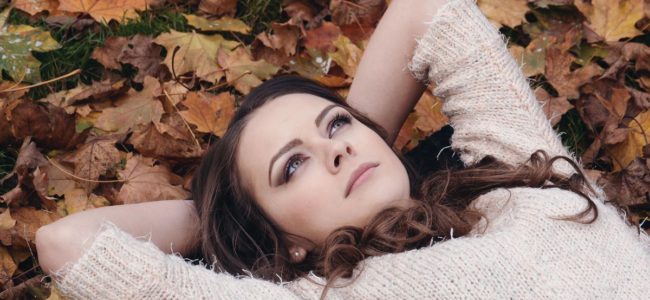
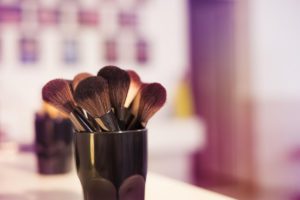
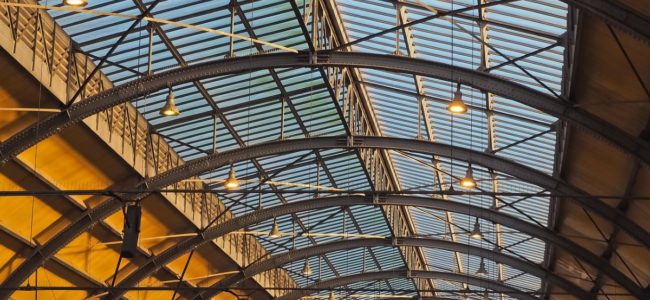
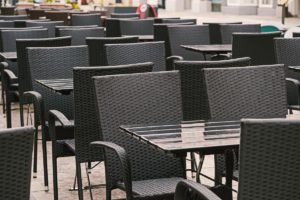
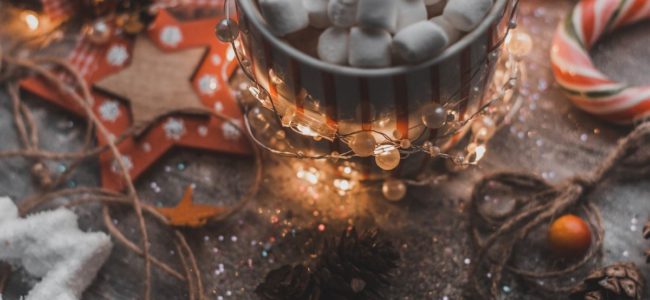

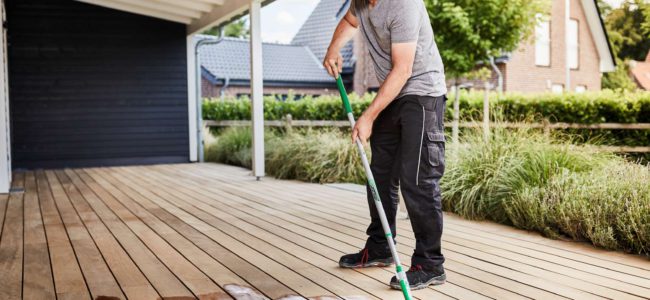
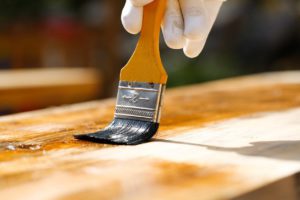

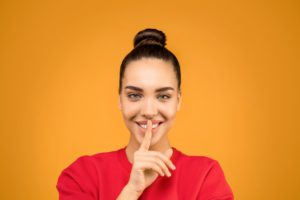
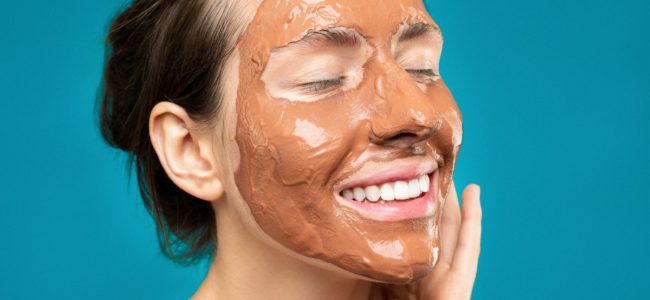
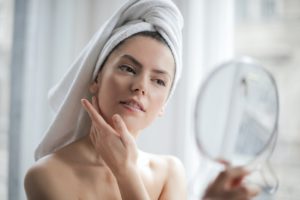
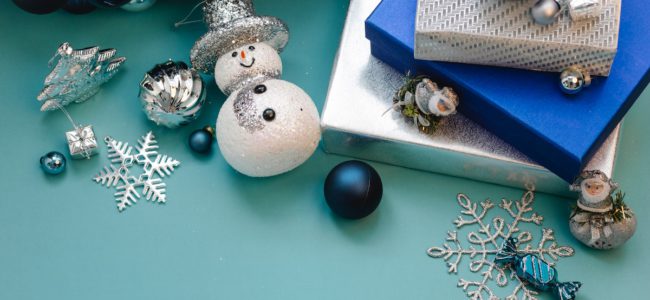
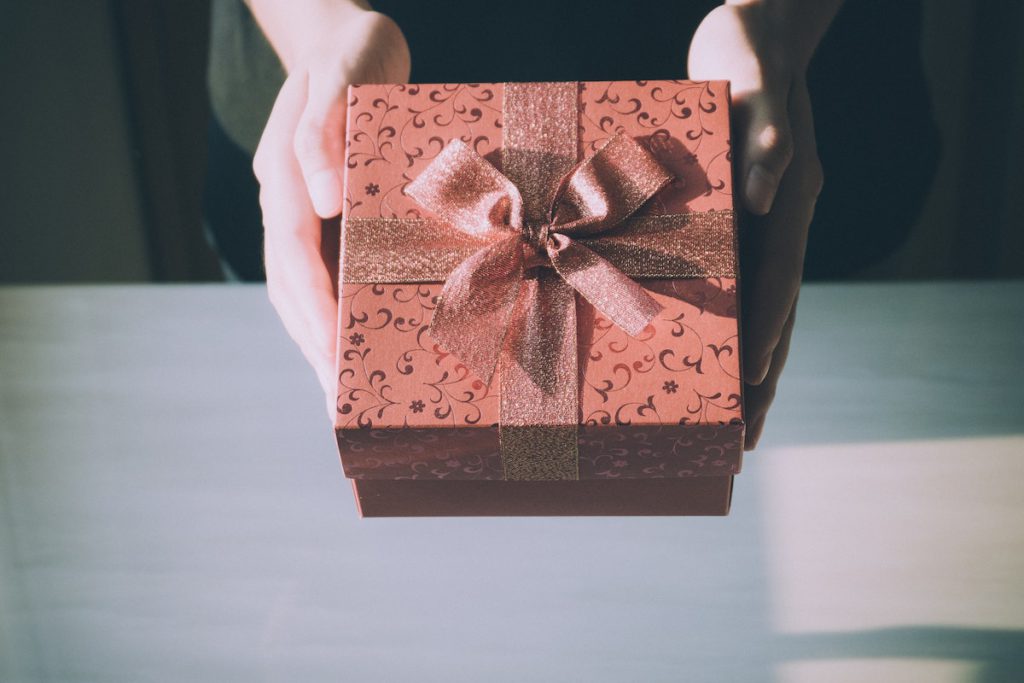
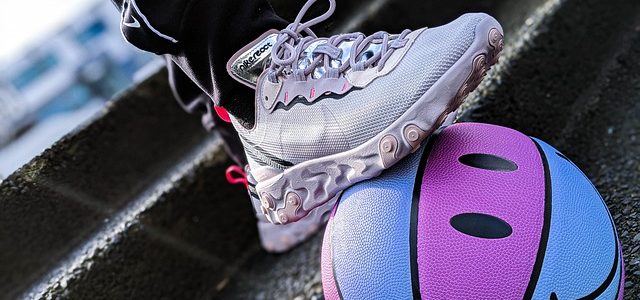
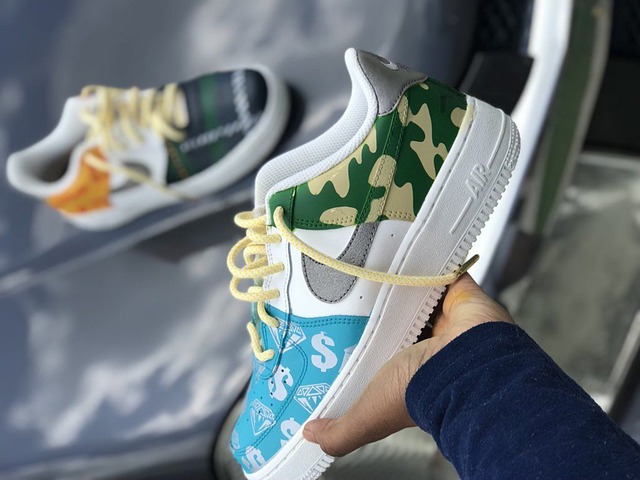


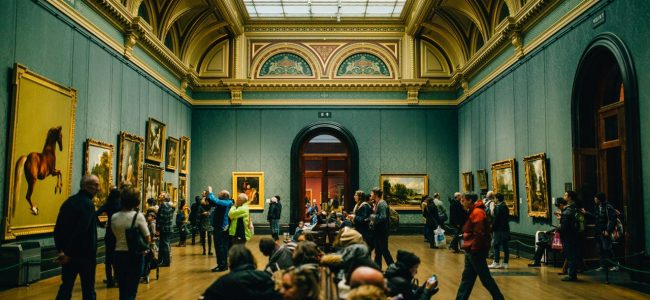
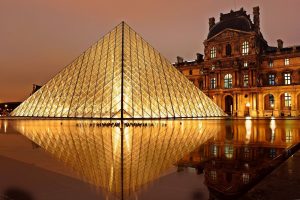
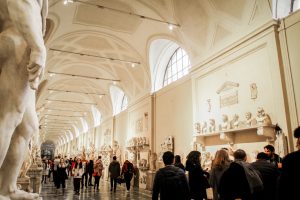
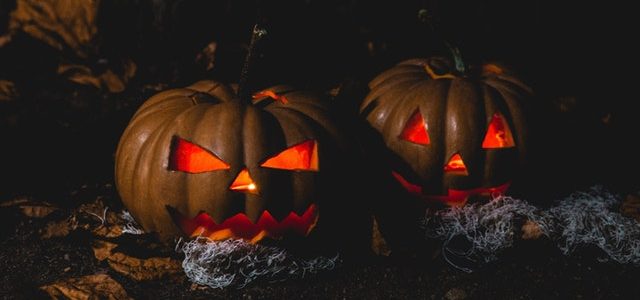
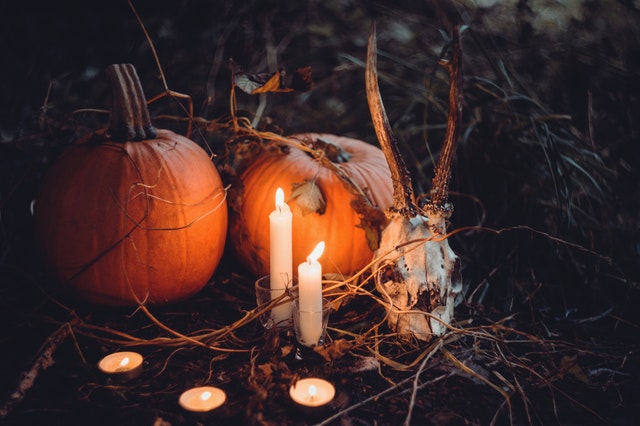

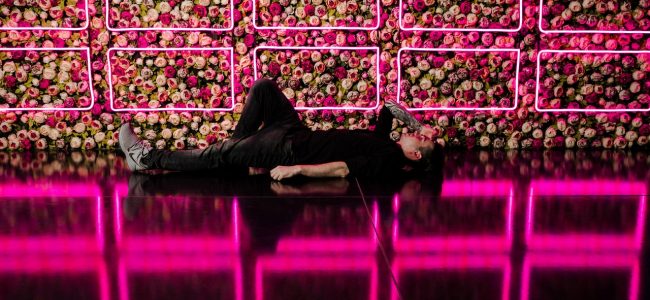
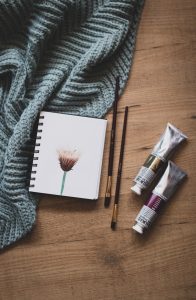
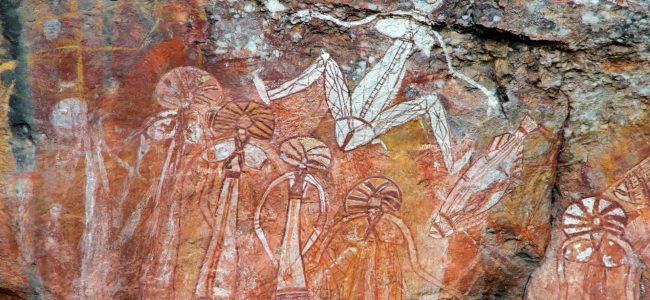
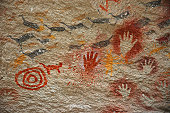
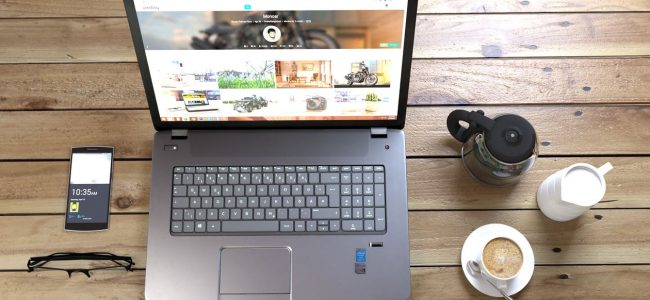
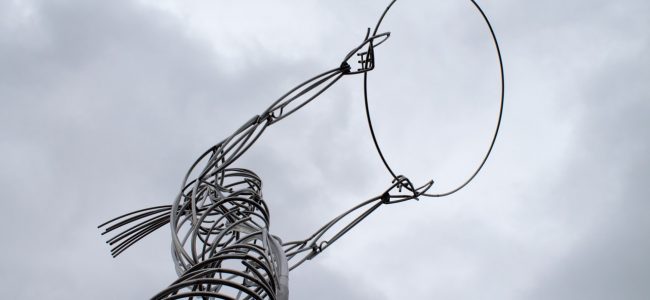
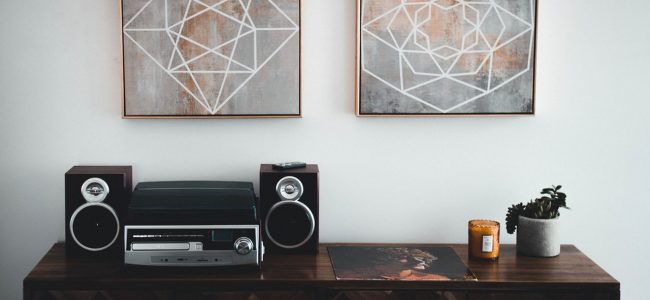
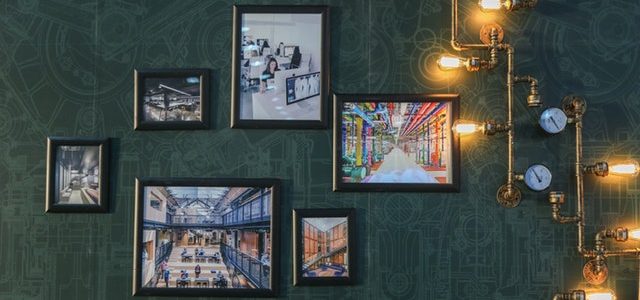
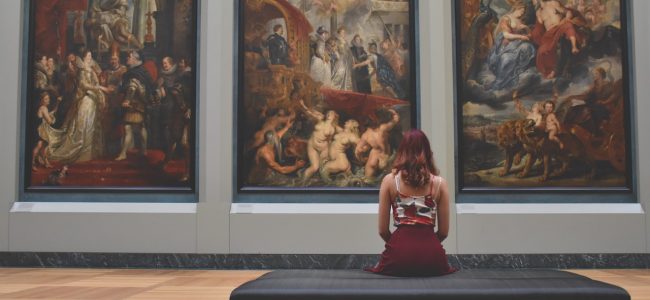
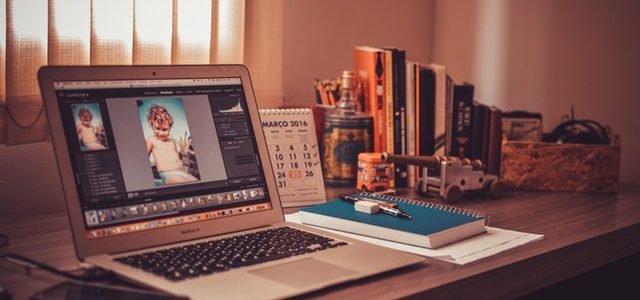
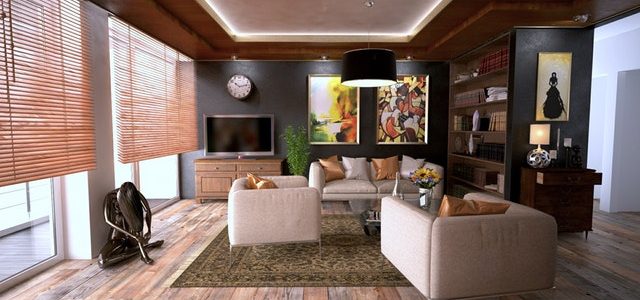
 The way in which many pieces of artwork are balanced can also be utilised in interior design schemes. Produce balance by means of a symmetrical layout utilizing furniture or decorative accessories, such as a centrally positioned side table with matching lamps and chairs on either side. Alternatively, you may produce an edgier interior scheme by using an asymmetrical setup, balancing a huge corner sofa on one side of the room with smaller, daintier chairs on the other. You could also utilize the artists’ technique of ‘
The way in which many pieces of artwork are balanced can also be utilised in interior design schemes. Produce balance by means of a symmetrical layout utilizing furniture or decorative accessories, such as a centrally positioned side table with matching lamps and chairs on either side. Alternatively, you may produce an edgier interior scheme by using an asymmetrical setup, balancing a huge corner sofa on one side of the room with smaller, daintier chairs on the other. You could also utilize the artists’ technique of ‘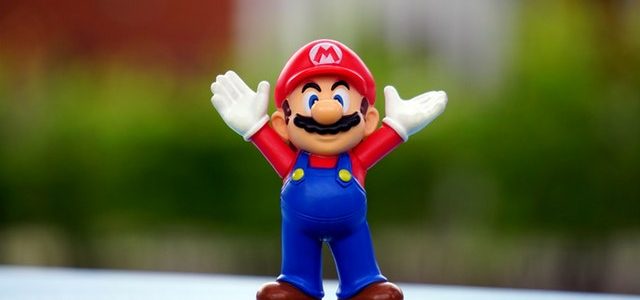
 With Yoshiaki Koizumi creating the game, the Parallels between surrealist art as well as the worlds of Super Mario Odyssey should not come as a surprise. Koizumi has a history of creating worlds that push the bounds of creativity. The Legend of Zelda: Link’s Awakening, renown for its zany story, was written by Koizumi. He also led Donkey Kong: Jungle Beat and Super Mario Sunshine, while playing a key role in creating Majora’s Mask and The Wind Waker.
With Yoshiaki Koizumi creating the game, the Parallels between surrealist art as well as the worlds of Super Mario Odyssey should not come as a surprise. Koizumi has a history of creating worlds that push the bounds of creativity. The Legend of Zelda: Link’s Awakening, renown for its zany story, was written by Koizumi. He also led Donkey Kong: Jungle Beat and Super Mario Sunshine, while playing a key role in creating Majora’s Mask and The Wind Waker.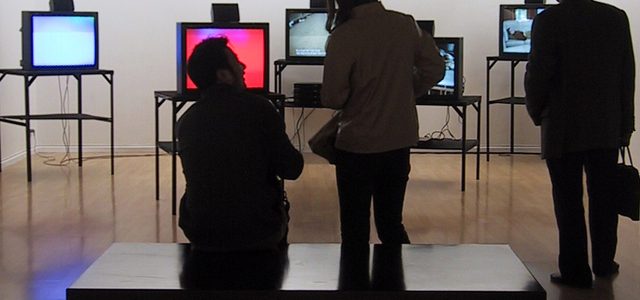
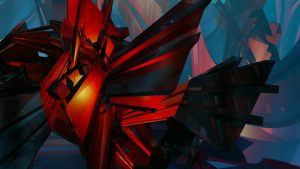 XYZT at Artechouse will be open daily from 10 a.m.-11 p.m. with 45 minute timed-entry sessions. Tickets will go on sale online Wednesday, April 19, at 10 a.m. for Artechouse e-news customers and Thursday, April 20 for the general public.
XYZT at Artechouse will be open daily from 10 a.m.-11 p.m. with 45 minute timed-entry sessions. Tickets will go on sale online Wednesday, April 19, at 10 a.m. for Artechouse e-news customers and Thursday, April 20 for the general public.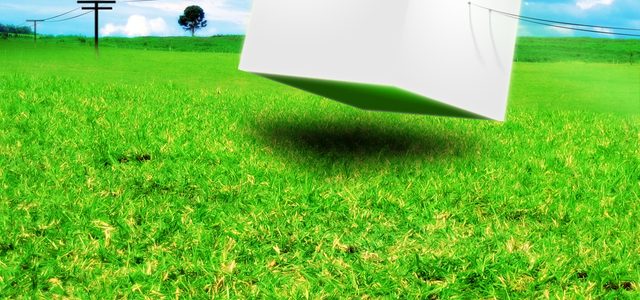
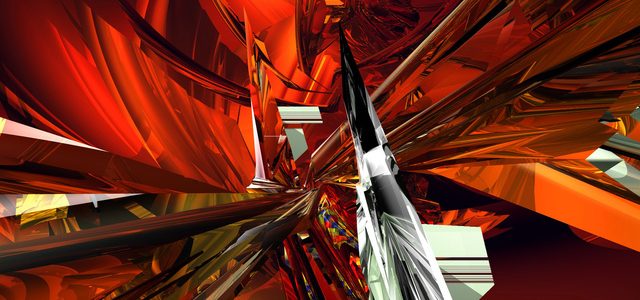
 “He’s truly hectic due to the fact that a lot of people are tearing down his door.” Previous NBA gamer Kevin Brooks stated Beck’s working relationship with the league was extraordinary. “It’s quite unique, it’s rather amazing to be truthful with you, a young kid like that to be picked up by the NBA since that’s not something that’s quickly done, no matter where you are in the world,” he stated. “He’s well on his way to a rather profitable and most importantly, I believe, enjoyable profession for himself.”
“He’s truly hectic due to the fact that a lot of people are tearing down his door.” Previous NBA gamer Kevin Brooks stated Beck’s working relationship with the league was extraordinary. “It’s quite unique, it’s rather amazing to be truthful with you, a young kid like that to be picked up by the NBA since that’s not something that’s quickly done, no matter where you are in the world,” he stated. “He’s well on his way to a rather profitable and most importantly, I believe, enjoyable profession for himself.”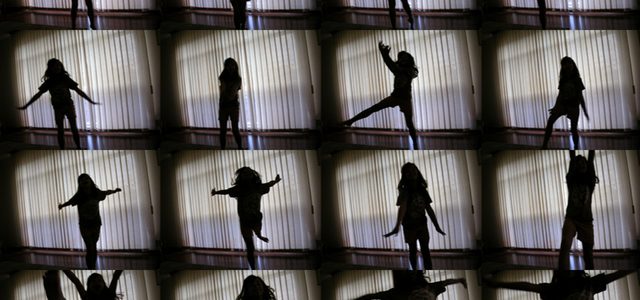
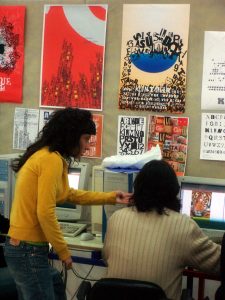 This consistent interaction and industry-led learning is vital. It’s all undoubtedly exceptional, applying your self-motivation to study Maya, Max or Nuke, maybe through an individual student learning edition that’s just a part of the ‘experience’ that studios are trying to find. These experts also have to understand that you, as a potential worker, comprehend studio pipelines and due dates, the principles of animation and CGI, what each member of the studio group is accountable for, and how the abilities of each artist contribute and dovetail together to provide a completed scene, video game level or visual impact.
This consistent interaction and industry-led learning is vital. It’s all undoubtedly exceptional, applying your self-motivation to study Maya, Max or Nuke, maybe through an individual student learning edition that’s just a part of the ‘experience’ that studios are trying to find. These experts also have to understand that you, as a potential worker, comprehend studio pipelines and due dates, the principles of animation and CGI, what each member of the studio group is accountable for, and how the abilities of each artist contribute and dovetail together to provide a completed scene, video game level or visual impact.